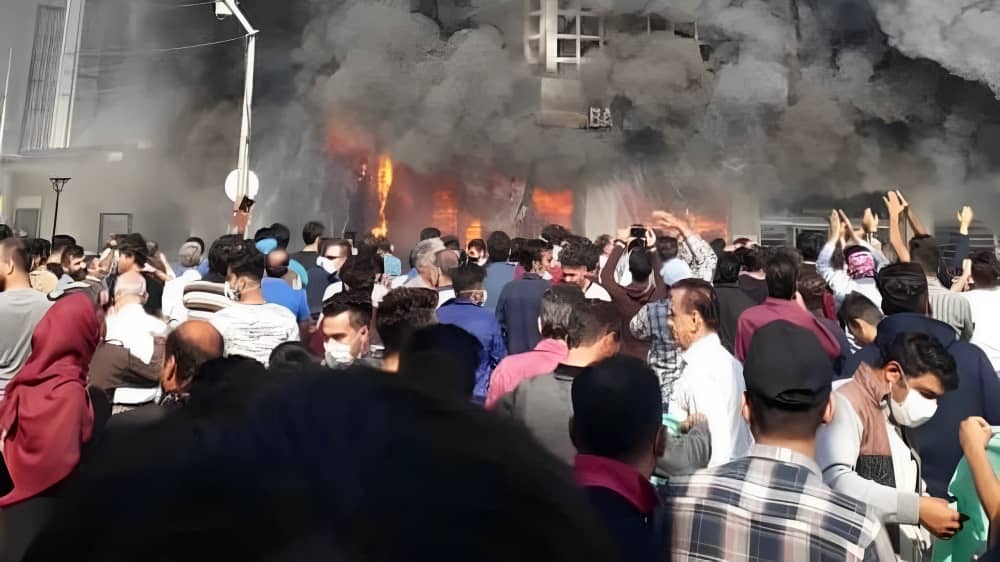
The unrest was sparked on the evening of November 15, 2019, when the government announced a sudden tripling of fuel prices. This move ignited protests in 21 cities on the following day, rapidly expanding to hundreds of towns and villages. The intensity of these demonstrations was unprecedented, with thousands of fuel stations, banks, and government buildings being torched.
In the wake of this upheaval, the regime and its affiliates scrambled to make sense of the situation. The state-controlled media tried to frame the uprising as a consequence of economic woes, intentionally overlooking the political dissatisfaction simmering beneath. Experts and officials sought to dissect the causes, hoping to avert similar future incidents.
4)
Iran: 2019 Uprising, FACT SHEET: Officials Involved in Suppression of 2019 #Iran Protests#WeStand4FreeIranhttps://t.co/Ewq33ajoUf pic.twitter.com/p2XmZn6s6O— NCRI-FAC (@iran_policy) November 1, 2020
Amir Mohabian, a theorist linked to the ruling faction, acknowledged the gravity of the situation in December 2019, predicting even more severe scenarios ahead. He recognized a significant class of aggrieved individuals whose anger had finally found expression. Similarly, Rahim Abolhasani, identified as a reformist academic, observed that from 2017 onwards, economically disadvantaged groups had increasingly become the face of such uprisings, targeting both economic and political establishments.
Despite these analyses, the regime failed to address the core issue: its own governance. The protests, particularly notable in Shiraz, were not just outbursts of anger but a manifestation of long-standing unaddressed issues.
Video Messages of Defiant Women and Resistance Units Nationwide #Iran #MEK https://t.co/h6bjKOG1bs pic.twitter.com/kRNB65iuZG
— NCRI-FAC (@iran_policy) October 24, 2021
Reports from ISNA and Tasnim News Agency highlighted the dire living conditions in Shiraz’s suburbs, marked by poverty and lack of infrastructure. These problems, coupled with rural-urban migration and inflation, contributed significantly to the discontent.
Moreover, the regime’s preoccupation with maintaining power led it to overlook the grievances of the people. It continued to believe that force could suppress the hungry masses, a belief that further alienated the public. The regime also underestimated the depth of the Iranian Resistance’s network, particularly the People’s Mojahedin of Iran (PMOI/MEK). The regime’s extensive campaign against the MEK/PMOI, both domestically and internationally, underscored its fear of this opposition group.
The November 2019 uprising in Iran was thus a complex tapestry of economic hardship, political discontent, and a regime struggling to maintain its grip on power, oblivious to the burgeoning demands of its people.

MEK Iran (follow us on Twitter and Facebook), Maryam Rajavi’s on her site, Twitter & Facebook, NCRI (Twitter & Facebook), and People’s Mojahedin Organization of Iran – MEK IRAN – YouTu







